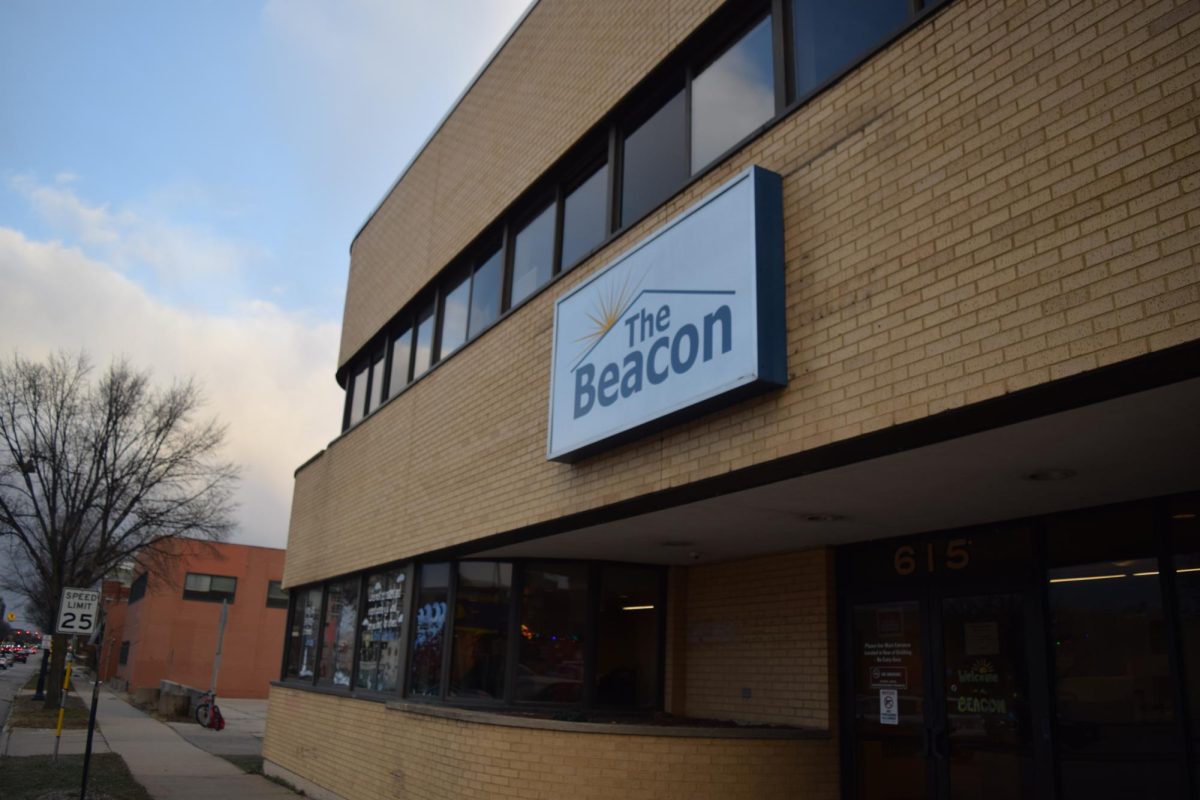Madison’s public health department weighed in on the Mifflin Street Block Party late last week, citing the event as an example of the negative effects of the city’s alcohol culture in a report about public health.
The report analyzed the effects of the block party over the past three years on public health, according to Jenny Lujan, public health nurse and co-author of the report. The harm from excessive alcohol consumption is a public health problem and the Mifflin Street Block Party is the best example of this problem, she said.
Lujan explained the sexual assaults, battery and other violent incidents that occur during the block party are alcohol-driven and pose a threat to public health. Alcohol-related deaths are the fourth-leading cause of deaths in the state, she said.
The report measured the health costs to the public based on police data from 2010, 2011 and 2012, Lujan said.
“There is a link between police incidents and health outcomes down the road,” Lujan said. “Looking at police data is a good entry point for helping public health.”
The department totaled the costs to taxpayers associated with the event. In 2012, the department found the block party cost taxpayers $196,000 for law enforcement to keep the neighborhood safe, the statement said.
“The overall associated costs boils down to about $1,300 per resident for excessive drinking when it goes on in neighborhoods and communities,” Lujan said.
The report concluded the costs of events that promote excessive and underage drinking, such as Mifflin, outweigh the benefits, according to a city statement.
The report also offered recommendations for dealing with city’s alcohol culture, Lujan said.
Lujan said early intervention is key to reducing harm from excessive drinking and the city should continue to adopt strong enforcement policies that influence the norm of high-risk drinking.
Ald. Mike Verveer, District 4, said the city considered the approach to this year’s block party to be a success, but it still had a large cost to taxpayers due to increased police enforcement, he said.
“Taxpayers could have been left off the hook for the relatively small turnout,” Verveer said. “Considering the costs to the city and the planning for next year, I don’t see why the city won’t be able to plan to downsize the city’s response.”
Verveer added the report marks the first time the public health department weighed in on the alcohol culture surrounding the block party.
Lujan said large-scale community events have benefits to the community, but the downtown and campus areas need another option for entertainment and celebration that does not involve excessive alcohol consumption.
“I think celebrations are important and, when you engage with people in a meaningful way, is conducive to individual health,” Lujan said. “I want to see celebrations in a way that doesn’t involve harmful uses of alcohol.”












